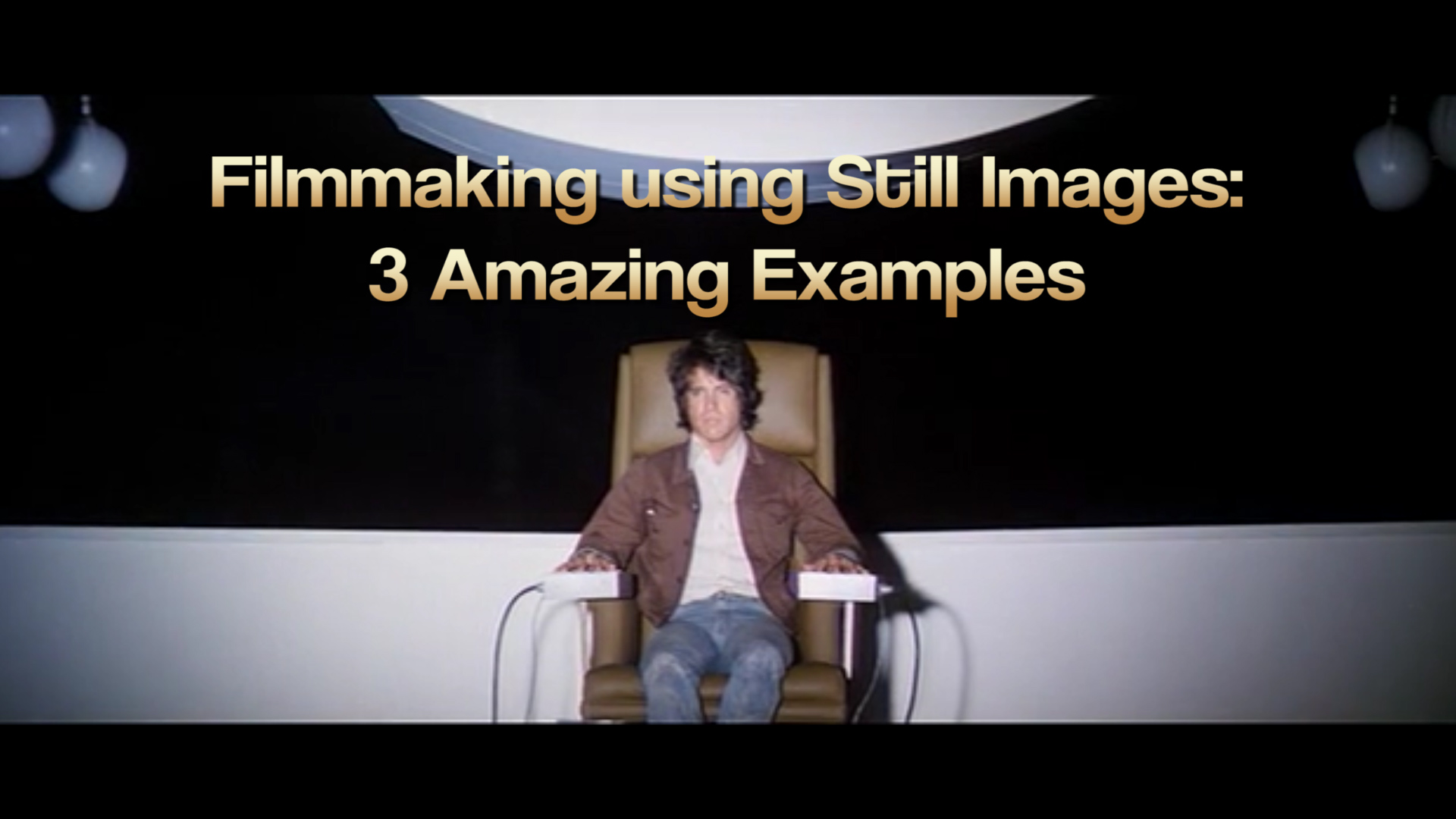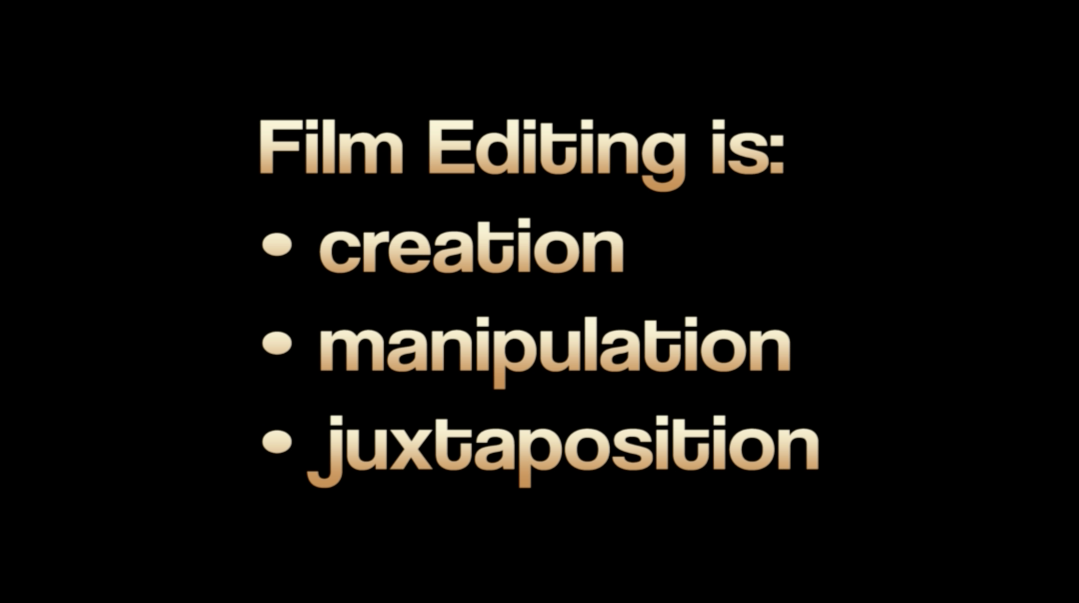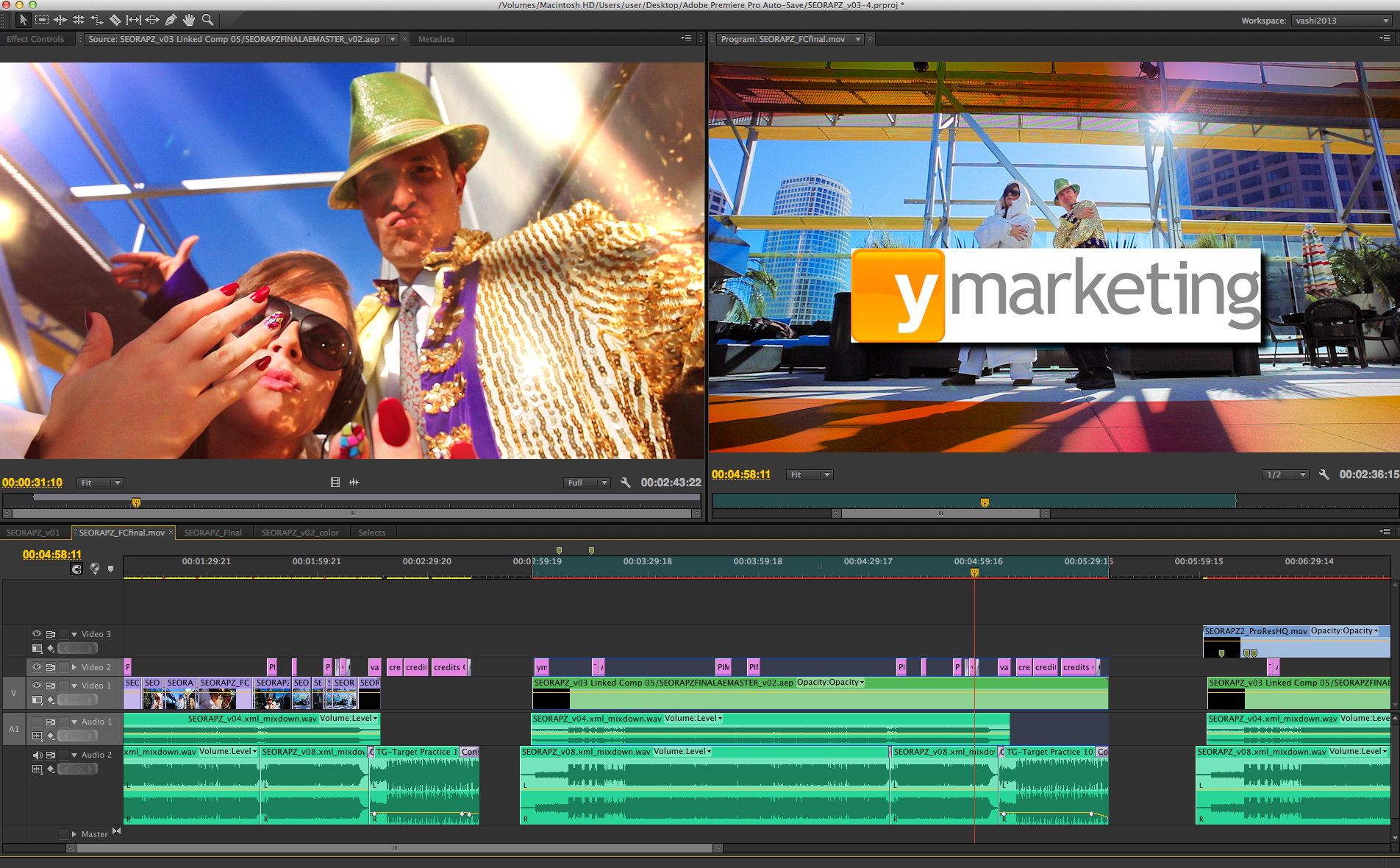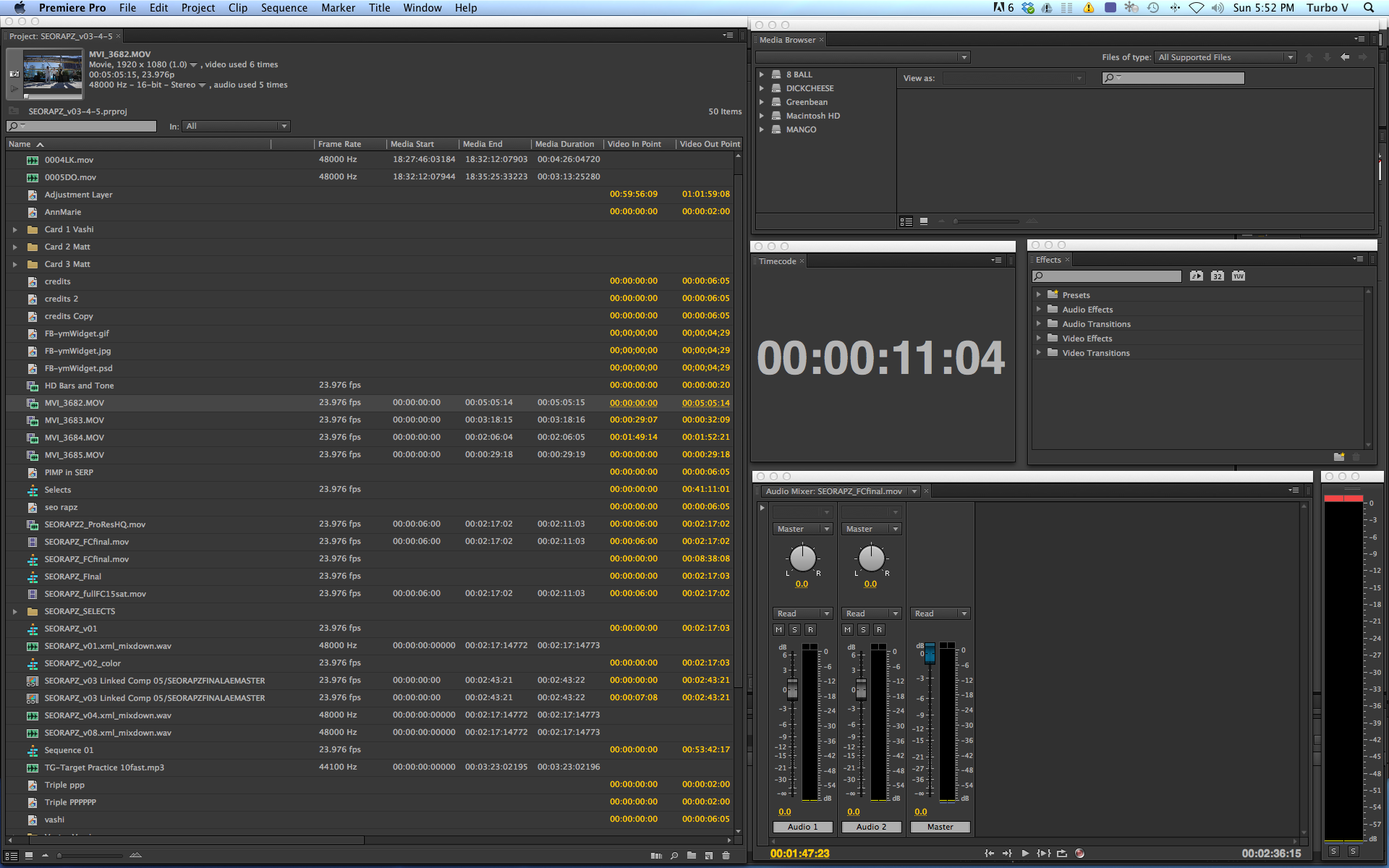A film editor will often sift through hundreds of hours of footage shot for a project. These images flash by at 24/25/30 frames a second and the gold nuggets needed to tell the story must be mined from these mountains of digital or celluloid assets. In documentaries, still images or photographs are needed to propel the tale forward as moving images may not have available to convey certain elements or events. Thanks to Ken Burns and others…it is now commonplace to animate an image and make it come alive as if it were moving.
There is yet another approach to effective filmmaking that uses still images. By incorporating a vast amount of still images…a film editor can build the narrative and evoke emotions by juxtapositioning these images to tell the story. Just like editing moving images…the pace, choice of shot, and resonant emotional effect of still images are all critical to achieve success. It can often take much longer to build a sequence this way as more imagery is needed and every image must be perfect for that one moment on screen. On top of that…one ill-placed visual can break the flow created and destroy the fragile house of cards being built. When done well…it is a magical and invisible effect. Here are 3 amazing examples that exemplify this technique and show all filmmakers the possibilities of editing still images.
1. ‘LOOK AT LIFE’ (1965) – directed and edited by George Lucas. During his film school years at USC in California, George was given one minute of film for his Animation Class and asked to tell a story. He used animated photographs, a frenetic percussive soundtrack and spoken words from Proverb 10:12 to impart a visceral feeling into this 60 second film.
2. ‘THE PARALLAX VIEW’ (1974) – directed by Alan Pakula. In the middle of this classic paranoia thriller, Warren Beatty’s journalist character goes undercover and infiltrates a secret company that creates assassins for hire. Part of the training is to watch a short film that’s main purpose is to brainwash the prospective assassins. This short film/montage was edited by John W. Wheeler. It is a stunning piece of manipulation.
3. ‘MS MR – HURRICANE’ (2012) – This remix/re-envisionment of the original music video was posted by Chaîne de Pietonpassage. It has over 2.8 million views on Youtube and consists of thousands upon thousands of still images from the 1980’s and 1990’s. By bombarding the viewer with iconic and random images from a specific era…the editor (real name unknown) has created an onslaught of information and imagery that overwhelms but somehow lives in a distinct enough world that it feels totally appropriate and satisfying. It is the fastest edited piece I’ve ever seen and creates a visual sensation that somehow doesn’t overload the senses…kudos to the unknown editor!
Every filmmaker from the first-timer to the wedding videographer to the feature film editor will at some point use still images in their productions. It’s important to take as much care (and sometimes more!) with how you implement those images into the edit and how they affect the final story. Get creative and see if you can stretch the boundaries of what is possible and what can work. There are no rules and we all just want to experience something that will just blow us the fuck away. Strive to be the person who can deliver that next level of filmmaking…in whatever form it will be.
BONUS: La Jetée (1962) – French Sci-Fi film by Chris Marker. 28 minute black and white film using only photographs and voice over…and one moving image.
La Jetée from Alexandre Girardot on Vimeo.
Brilliant, moving and terrifying. This film was the inspiration for Terry Gilliam’s ’12 Monkeys’.
Until next time…Happy Holidays!





There are 4 comments
[…] Film and Video Editing using Still Images […]
[…] 3 amazing examples of pictures and stills used in film and video editing. […]
[…] Filmmaking using still images […]
[…] virtually endless ways to use and approach still images in your films, and Vashi mentions a few in his post. Probably the one that comes to mind first is how documentarians use them to help tell their […]